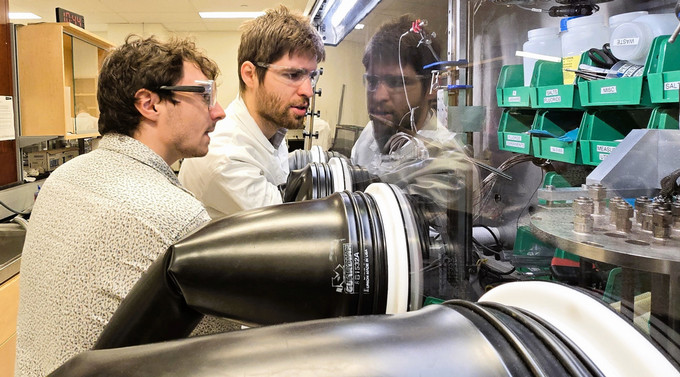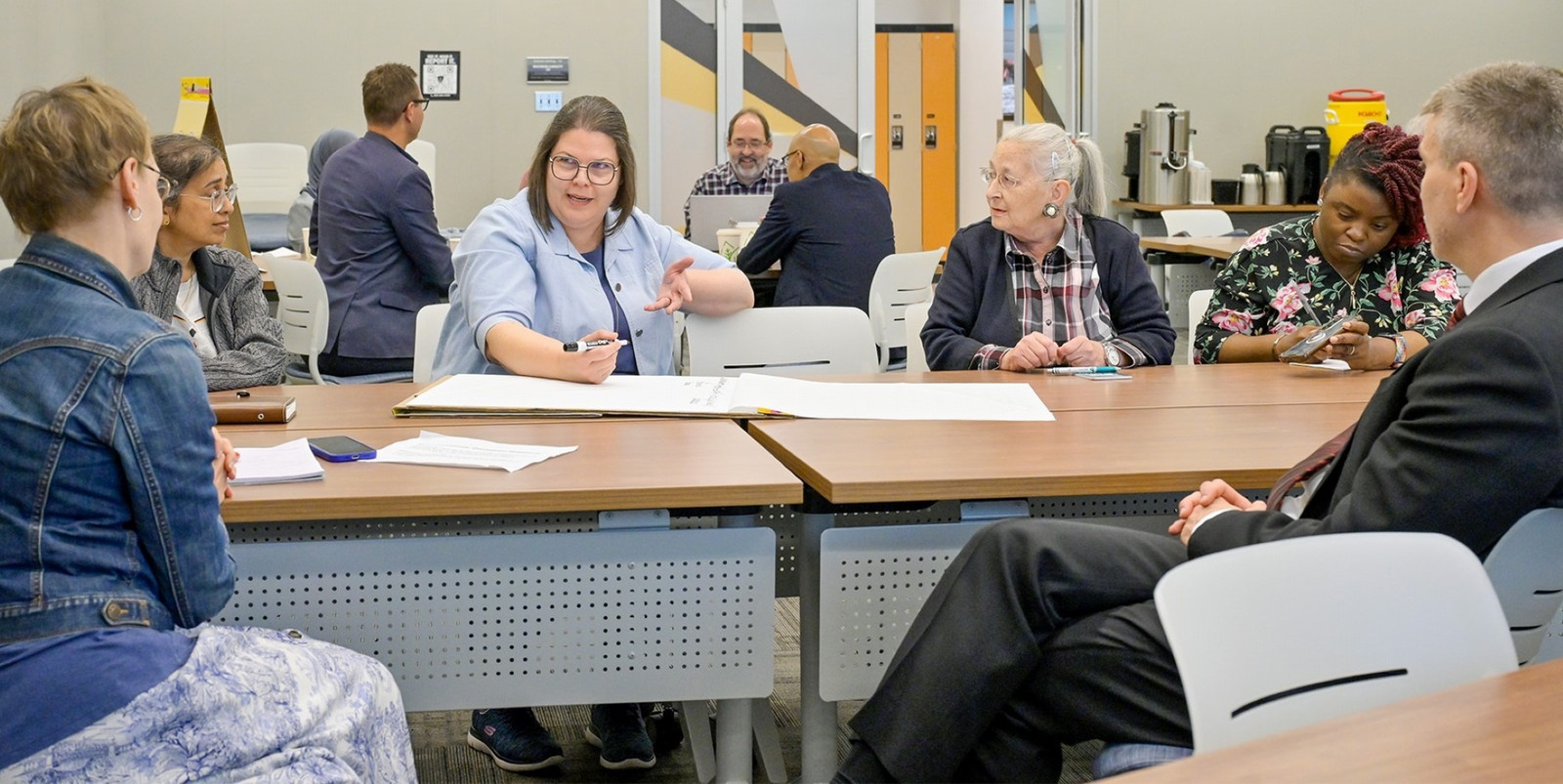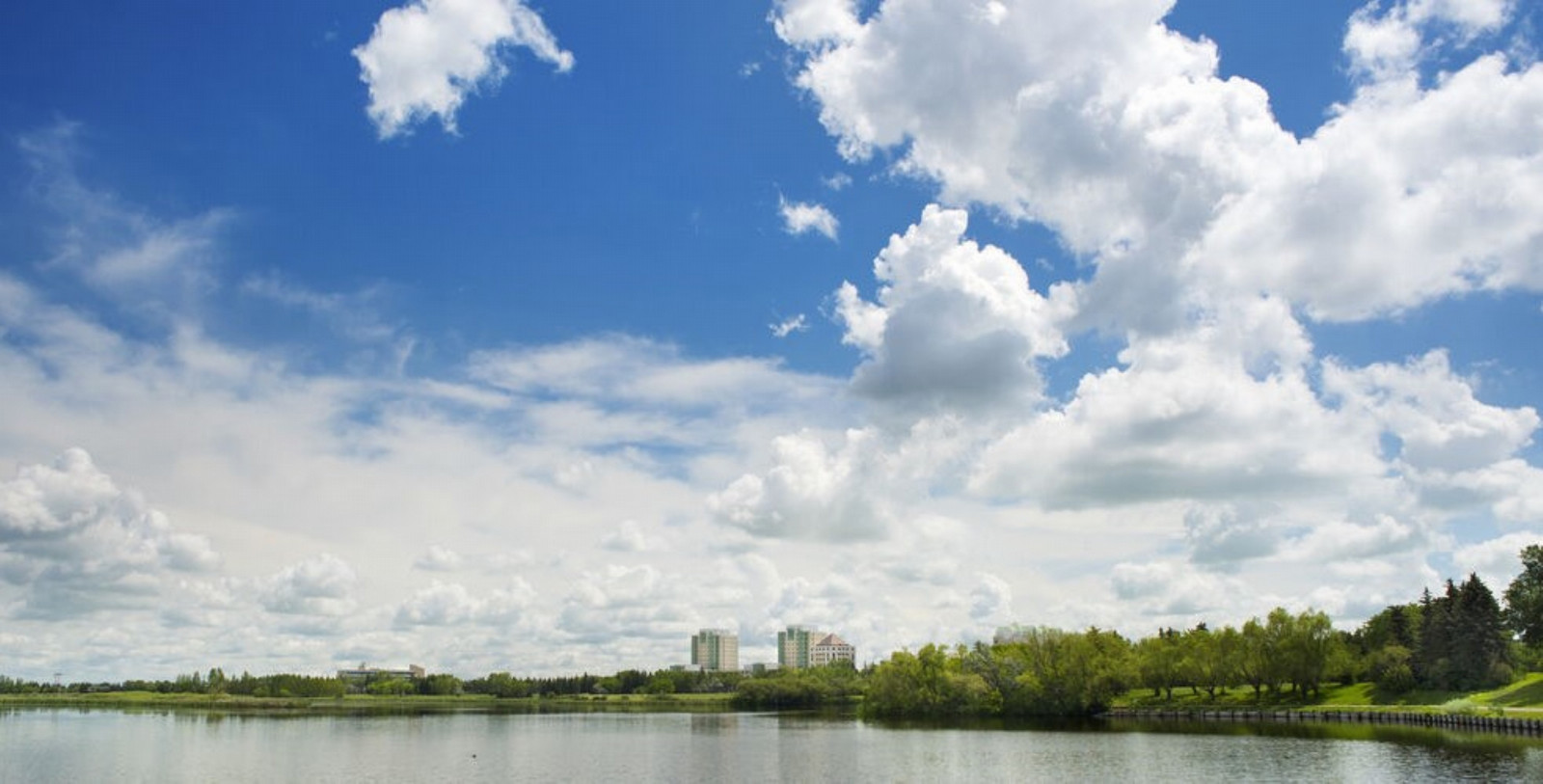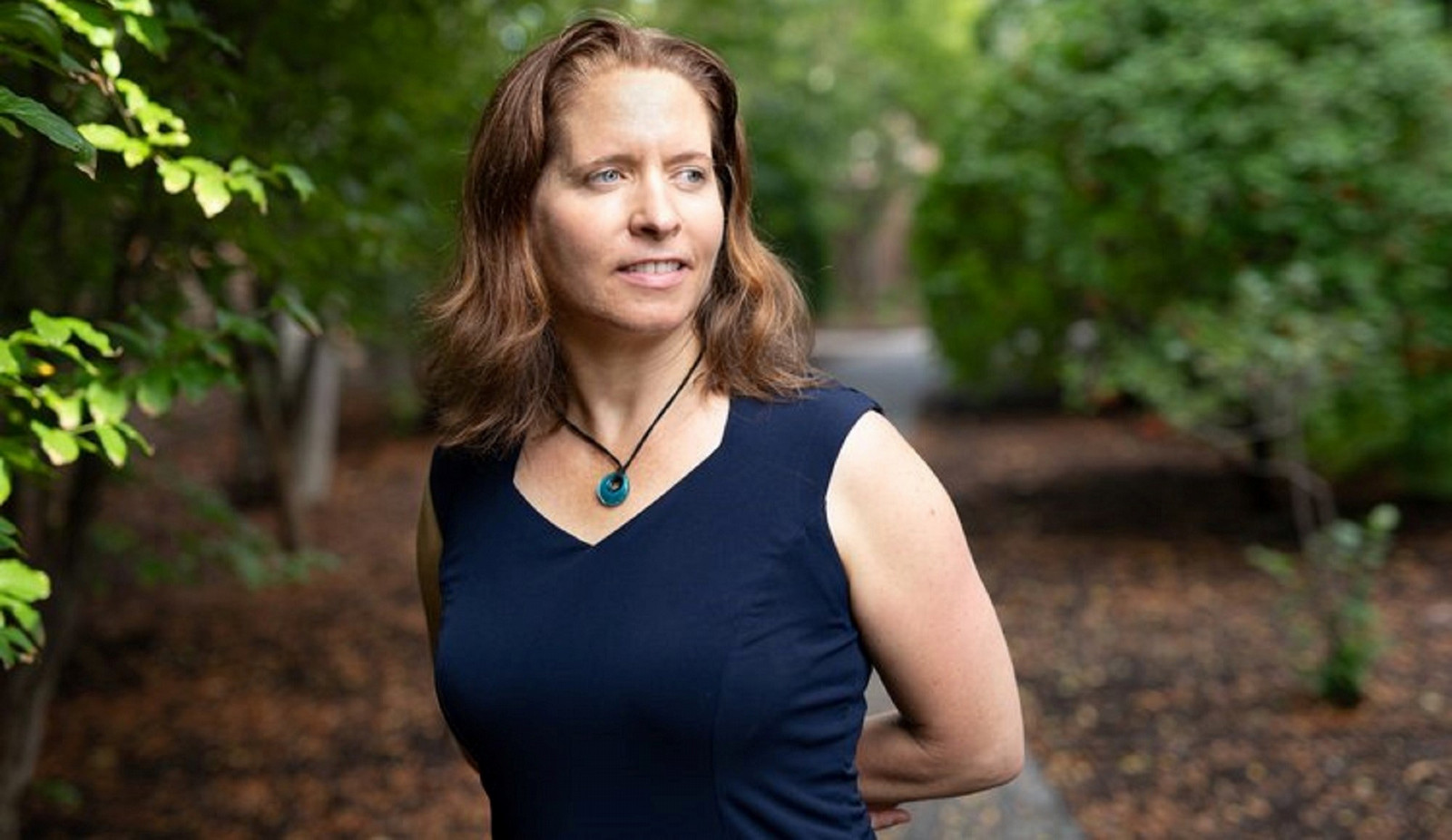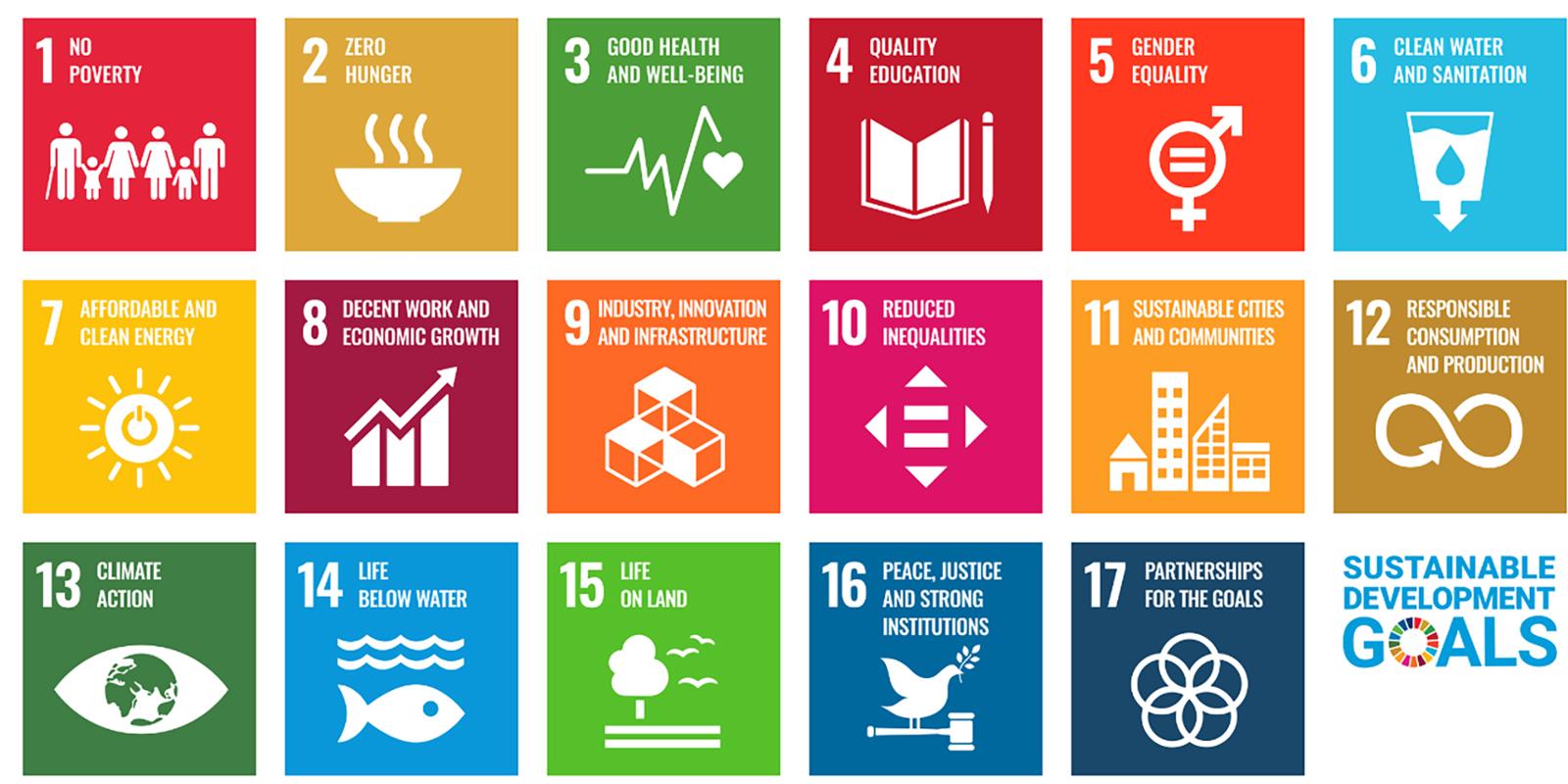How do you build a nuclear research-focused workforce in a province that does not yet have reactors? It’s a question that requires a forward-thinking answer. At the University of Regina, the answer lies not in a traditional classroom, but rather in a high-tech nuclear research lab designed to move Saskatchewan one step closer to its small modular reactor future.
As Saskatchewan charts its course toward zero-emission energy, the University is becoming a critical hub for the talent and research that will power the next generation. This summer, that strategy came to life inside the lab of Dr. Arthur Situm, an assistant professor of engineering and Canada Research Chair in Small Modular Reactor Safety and Licensing. He hosted Pierre Ryckewaert, a visiting nuclear engineering graduate student from France, to help tackle a key challenge: how to build a local talent pipeline while simultaneously attracting engineers from places with decades of nuclear expertise. Ryckewaert’s work on cutting-edge corrosion research is already helping to lay the groundwork for Canada’s leadership in the field.
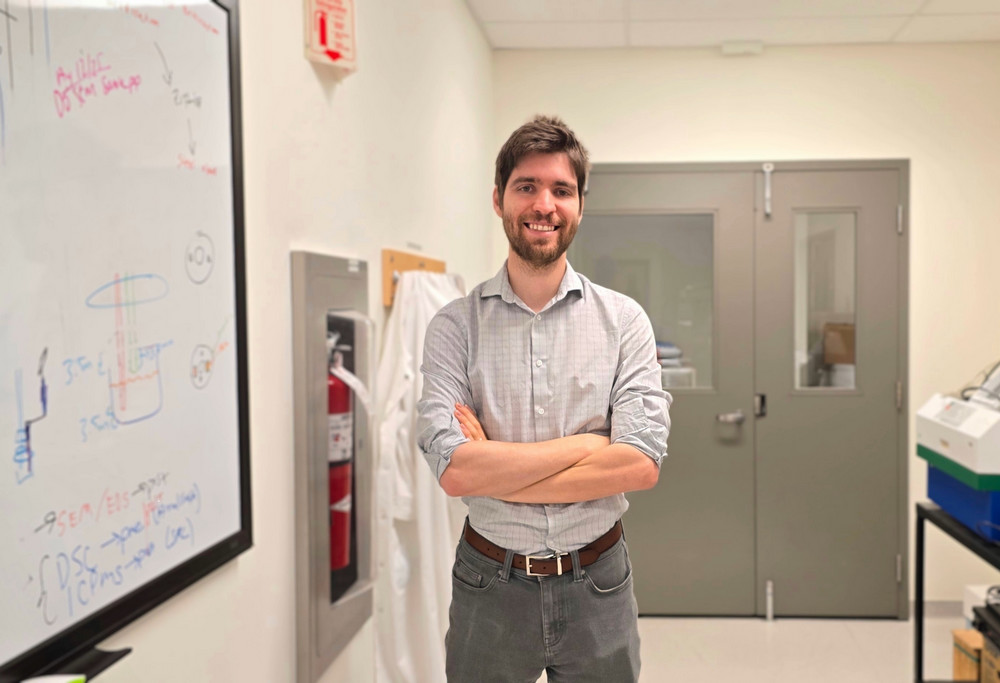
It's a good idea to partner with other nations to build connections and attract talented individuals to advance our nuclear energy industry here.” — Dr. Arthur Situm, assistant professor, Faculty of Engineering & Applied Science, University of Regina.
“Jurisdictions like France have extensive experience in nuclear power, and it's a good idea to partner with nations like France to build connections and attract talented individuals to advance our nuclear energy industry here.” Dr. Situm explains, “They get the vast majority of their power from nuclear energy, and they have top-notch nuclear engineering schools. By inviting students like Ryckewaert, the University not only provides invaluable experience but also showcases Saskatchewan as a place where top talent can build a career, effectively creating a global pipeline for the province's future workforce."
A Two-Pronged Strategy for Today and Tomorrow
The U of R's nuclear strategy is a masterful blend of pragmatism and foresight. A key component of this strategy will be the development of new state-of-the-art infrastructure, such as the SMR Safety, Licensing & Testing (SMR-SLT) Centre. This planned facility will serve as the cornerstone for the University's nuclear research ambitions, enabling world-class studies and host top international talent.
Dr. Situm says that much of his team’s immediate focus will be on supporting the natural circulation boiling water reactors that Saskatchewan is planning to build, addressing today's energy needs.
However, true leadership requires looking beyond the horizon. This is where Ryckewaert's research comes in. His project focused on molten salt, a key component of “Generation IV”, the next generation in nuclear technology. These advanced reactors operate at higher temperatures, can better integrate with intermittent renewables, and can even be powered by nuclear waste, promising a more sustainable energy cycle. By investing in both current and future technologies, the University ensures Saskatchewan won’t just be an adopter of nuclear energy, but a long-term innovator on the global stage.
Innovation in the Lab
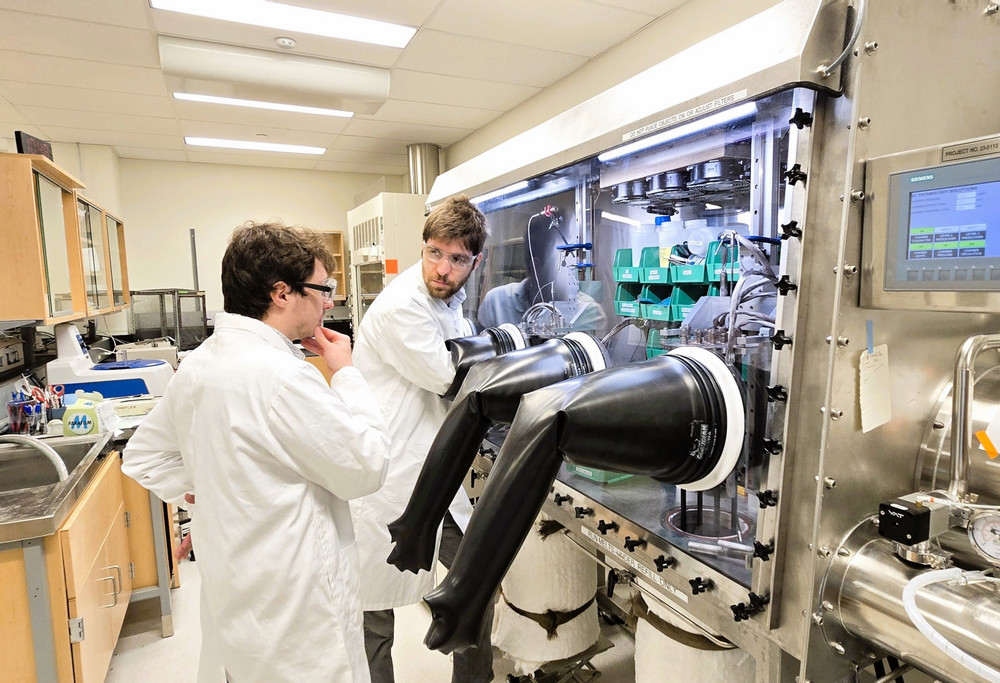
Working alongside a doctoral student, Ryckewaert's primary task was to help set up experiments studying the corrosion of stainless steel in molten fluoride salts. “Molten salt will be the next generation of fuel for nuclear power plants, but we don’t yet have a full characterization of this salt,” Ryckewaert explains. Understanding and preventing corrosion is a major roadblock to commercializing this advanced technology, making his work fundamentally important. Bringing experience from a French startup, he offered immediate, practical feedback that accelerated the project and highlighted the value of international collaboration.
A Bridge Between Cultures and Classrooms
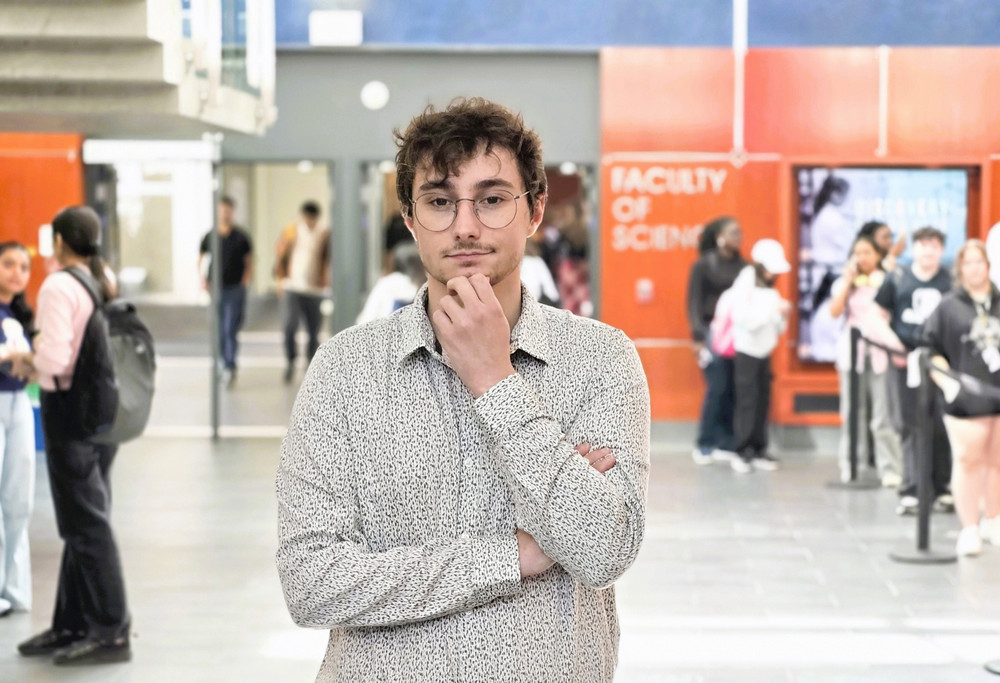
For Ryckewaert, the internship was a key requirement for his engineering degree at ISTP - Mines de Saint Etienne, one of France's top engineering schools. But the exchange delivered more than just technical experience. Ryckewaert says the North American campus rhythm and the openness of Canadian research culture stretched his comfort zone in the best ways. He was impressed by the accessibility of senior leaders, having met both the dean of engineering and the University's president—an experience he notes is rare in France.
“I was very, very proud to work for the University of Regina,” says Ryckewaert. “I think Professor Situm's group is the only laboratory that studies the next generation of nuclear research in Saskatchewan”
Interested in hands-on engineering that solves real-world challenges and serves your community? Explore programs in the Faculty of Engineering & Applied Science at the University of Regina today.
This single internship has already planted the seeds for future partnerships. Ryckewaert is keen to share his story with his home institution, encouraging more students to look to Saskatchewan for world-class opportunities. It is a powerful testament to the success of the exchange and a promising sign for the future, where the flow of knowledge and talent between nations will be essential to solving the world's most pressing energy challenges. Through strategic vision and a commitment to global partnership, the U of R is not just part of the conversation—it is leading it.
Banner photo: Dr. Arthur Situm (right) and French nuclear engineering student Pierre Ryckewaert (left) analyzing a molten salt experiment, a key step in developing the next generation of nuclear technology in Saskatchewan.Photo credit: University Communications and Marketing
About the University of Regina
At the University of Regina, we believe the best way to learn is through access to world-class professors, research, and experiential learning. We are committed to the health and well-being of our more than 16,600 students and support a dynamic research community focused on evidence-based solutions to today’s most pressing challenges. Located on Treaties 4 and 6—the territories of the nêhiyawak, Anihšināpēk, Dakota, Lakota, and Nakoda peoples, and the homeland of the Michif/Métis nation —we honour our ongoing relationships with Indigenous communities and remain committed to the path of reconciliation. Our vibrant alumni community is close to 95,000 strong and enriching communities in Saskatchewan and around the globe.
Let’s go far, together.
